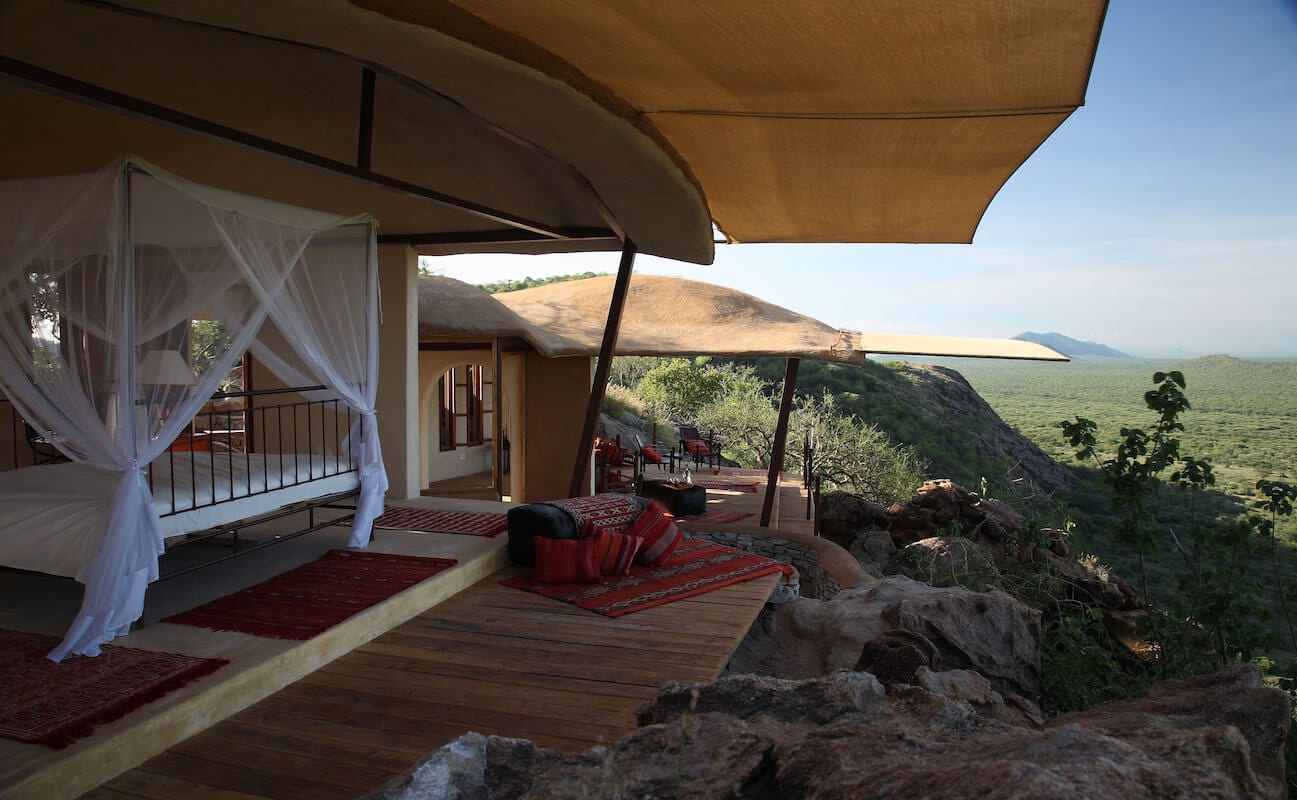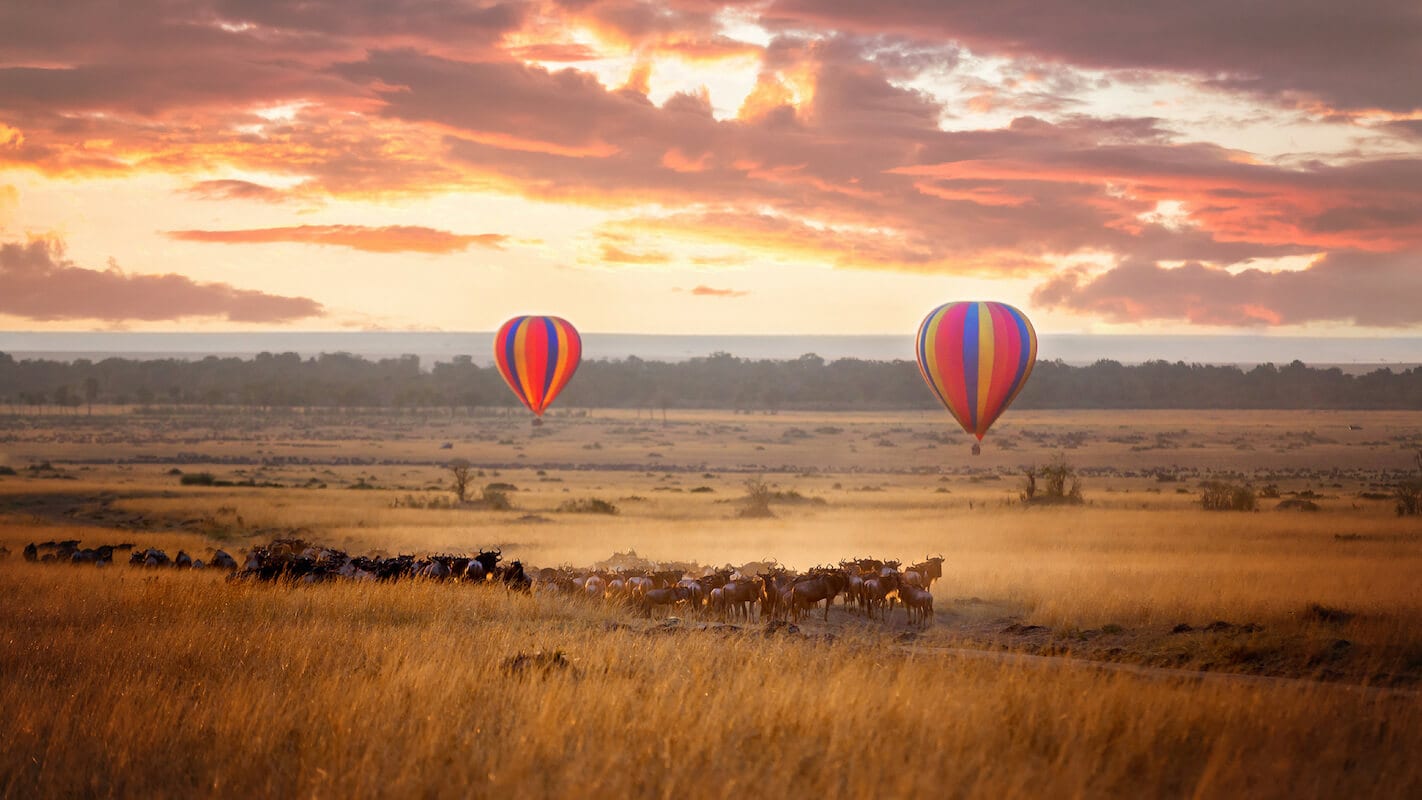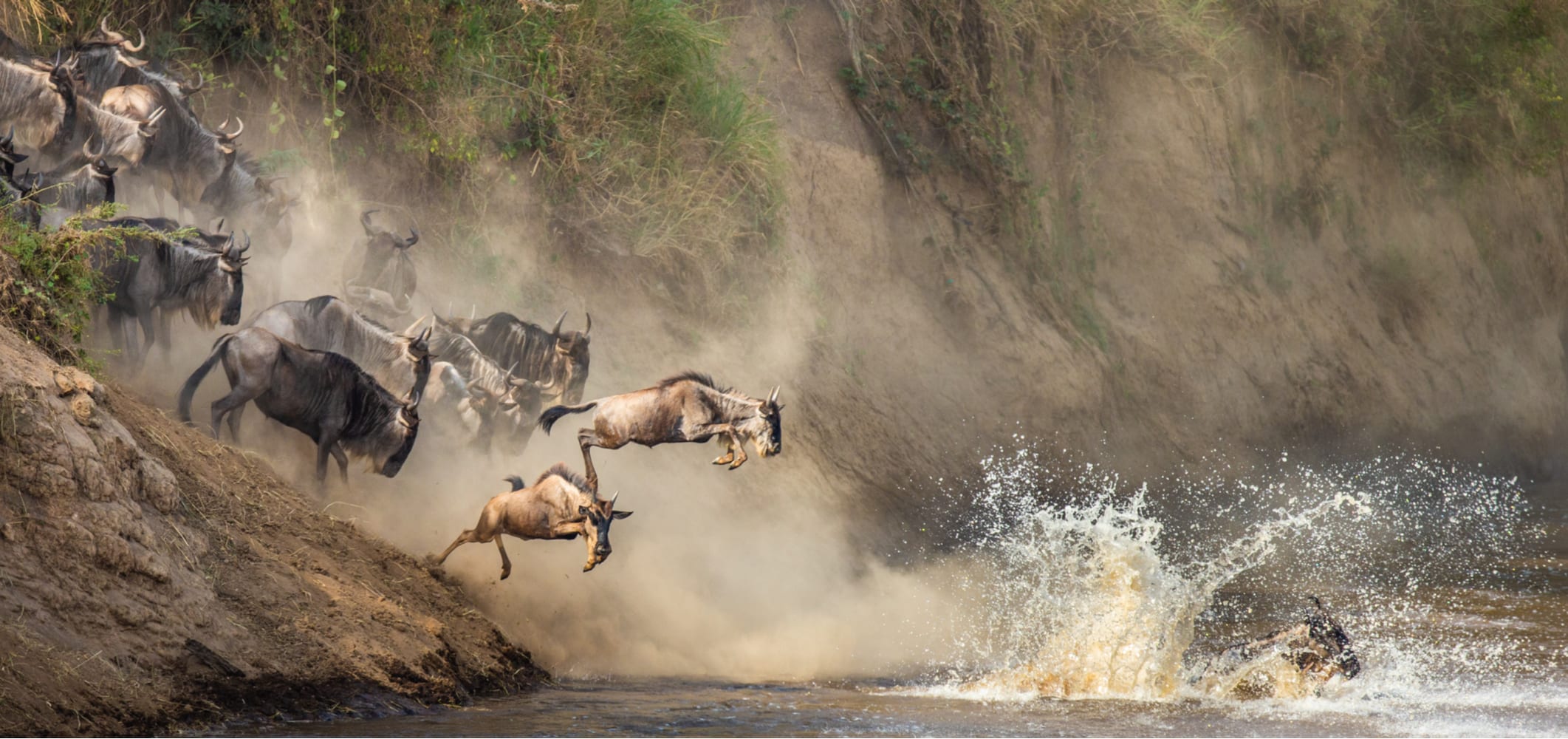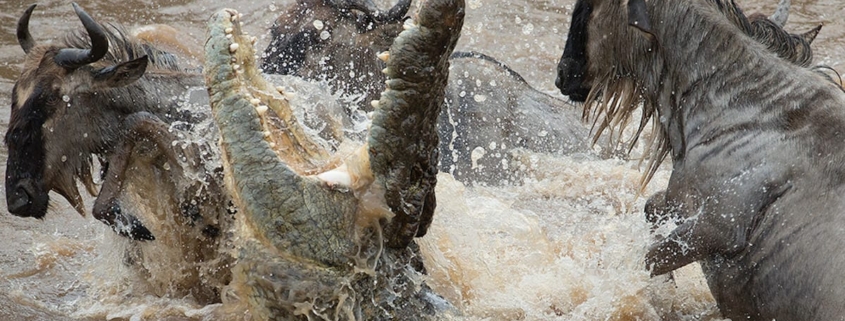Best time to visit Kenya and Tanzania #1
Best time to visit Kenya and Tanzania
Determining the ideal time for a safari in Kenya and Tanzania hinges on your specific preferences and objectives. We’ve categorized the year into three convenient segments, each offering unique experiences to cater to a variety of travelers. Review these options and select the one that aligns best with your vision for the ultimate safari adventure. 
Best time; Best time to visit Kenya and Tanzania
The Best time to visit Kenya and Tanzania embark on a safari adventure in Tanzania and Kenya typically spans from mid-June to late October, with the peak of excitement occurring around August and September. This four-to-five month window, nestled between East Africa’s two rainy seasons, combines ideal weather conditions with thrilling game viewing opportunities.
In early June, the Great Wildebeest Migration begins its journey toward the western Serengeti, culminating in the dramatic crossing of the swollen Grumeti River, teeming with crocodiles, as they seek access to the region’s lush grassy plains. Their relentless quest for sustenance propels them northward towards the Masai Mara, where they undertake another perilous river crossing, this time across the Mara River. Safely on the other side, they remain in the Mara until early October before retracing their steps southward.
dramatic crossing of the swollen Grumeti River, teeming with crocodiles, as they seek access to the region’s lush grassy plains. Their relentless quest for sustenance propels them northward towards the Masai Mara, where they undertake another perilous river crossing, this time across the Mara River. Safely on the other side, they remain in the Mara until early October before retracing their steps southward.
Throughout Kenya and Tanzania, the diminishing rain leads to drier and more open savannahs, improving visibility and attracting wildlife to water sources. In Southern Tanzania, cruising the Rufiji River delta by boat offers a unique and remote safari experience, while exploring the banks of the Ngiro River in northern Kenya provides exceptional elephant viewing, often regarded as among the best in Africa.
This opportune timeframe is also ideal for combining a safari with a beach holiday. The weather on the Kenyan south coast beaches and the Tanzanian islands of Zanzibar and Pemba is stable, comfortable, and less humid during this period.
However, it’s essential to note that this period corresponds with the peak season, resulting in higher prices and some degree of crowding (though “crowding” remains a relative term in the vast African wilderness) in certain popular destinations. Planning and booking in advance can help you secure accommodations and experiences that align with your preferences and budget during this sought-after safari season.
Best value for money; Best time to visit Kenya and Tanzania
The period between the short rains of November and the long rains of April and May, essentially from early December to late March, offers exceptional value for those seeking a safari adventure.
With the exception of the festive season in late December and early January, as well as the incredible wildebeest calving in the Southern Serengeti around February, this time is generally considered a shoulder season, characterized by lower prices.
It’s essential to recognize that aside from the Great Wildebeest Migration, the safari experience in Kenya and Tanzania is among the finest in Africa. In fact, it’s often said that even an average day of game viewing in the Masai Mara surpasses a remarkable day in most other destinations.
During this period, the weather is warm, and the wilderness rapidly dries out after the November rains, making wildlife spotting considerably easier. Additionally, animals are drawn to the limited water sources of rivers and waterholes, ensuring exceptional viewing opportunities.
Since the peak season attracts most safari-goers, opting for a visit during this shoulder season allows you to relish some of Africa’s most breathtaking wilderness destinations with fewer fellow travelers (well, almost).
A valuable tip: For the absolute best value in Kenya and Tanzania, consider traveling during the first two weeks of December. Lower demand during this period often categorizes it as the low season, offering the most budget-friendly pricing. The savannah is lush following the November rains, the weather is delightful, and the game viewing experience is extraordinary, with many mammals having recently given birth, resulting in an abundance of adorable baby animals.
Best adventure; Best time to visit Kenya and Tanzania
If you’re an adventurous traveler, the wetter months can provide a unique and exciting experience. In April and May, East Africa experiences the long rains, lasting for about two months, while November brings the short rains, which typically last for one month. During these rainy seasons, you can expect afternoon and evening thundershowers, with the majority of the day being characterized by fine weather.
The advantages of traveling during these rainy seasons include significantly reduced prices and the opportunity to enjoy East Africa with fewer fellow travelers. Additionally, game viewing remains good, and at times, even excellent. While the possibility of encountering muddy roads may occasionally lead to minor delays, it adds a sense of adventure for the more intrepid traveler.
Safari vehicles are well-prepared for the weather during these seasons. Open-sided vehicles carry ponchos to keep you dry, while pop-top vehicles can simply close the roof when it rains, ensuring your comfort and enjoyment during your safari experience.
Best time to visit Kenya and Tanzania; The Masai Mara National Reserve provides excellent wildlife viewing opportunities all year round. During the peak of the rainy season, many other parks, particularly those in the highlands and along the coast, can become challenging due to high heat, humidity, and continuous rainfall. Consequently, some lodges may temporarily close. In contrast, the dry months across Kenya offer consistently Best time to visit Kenya and Tanzania
.



